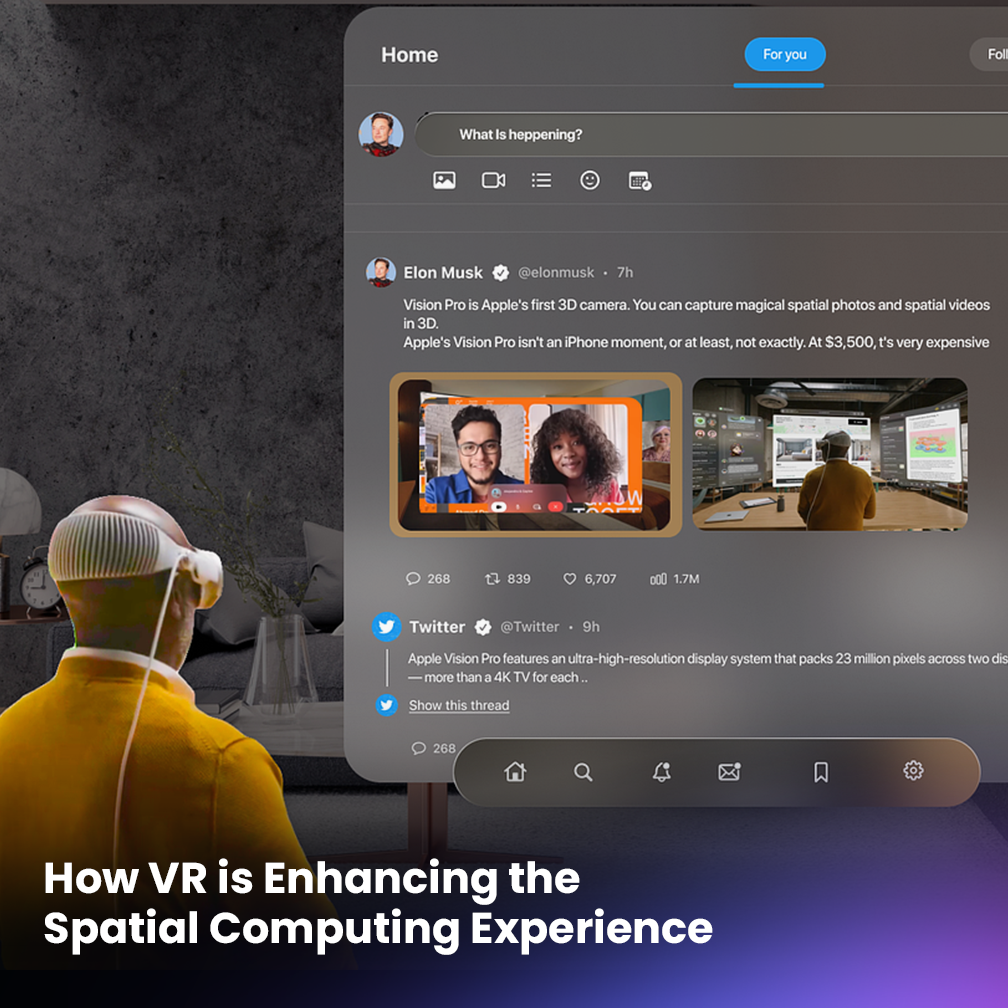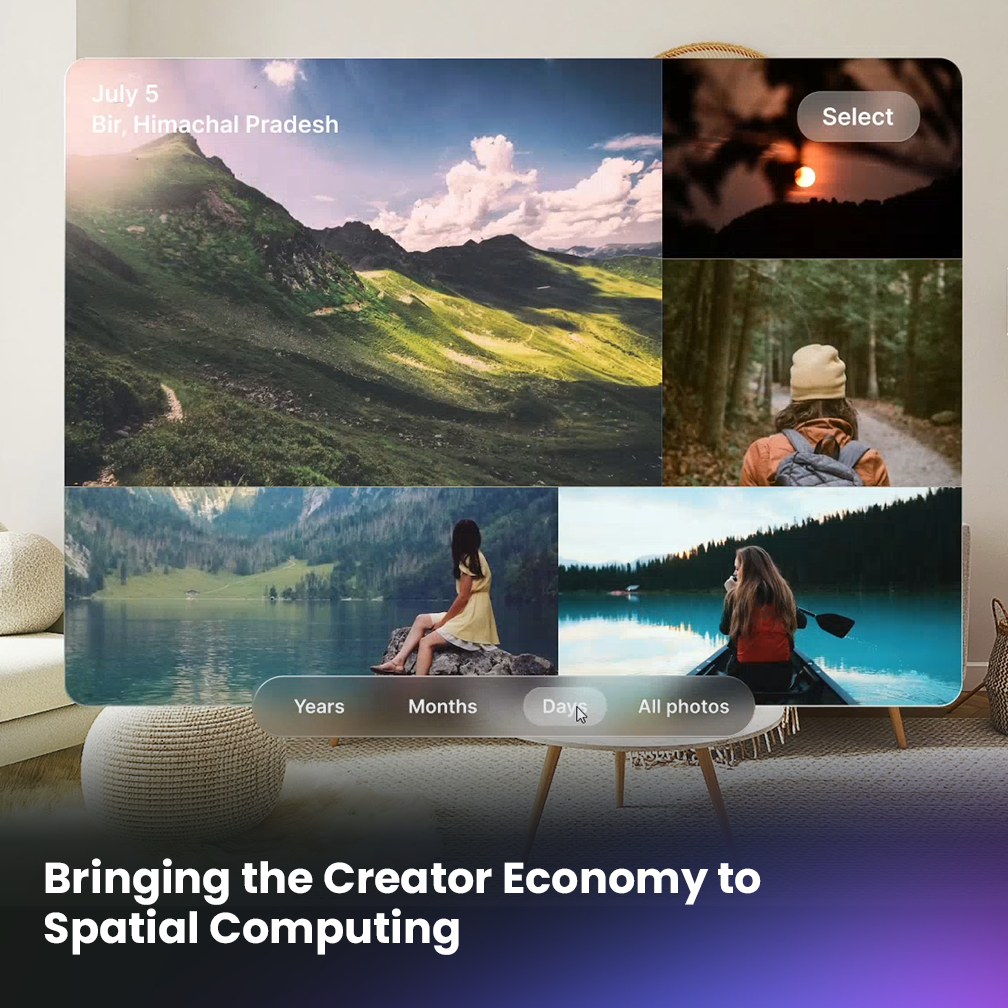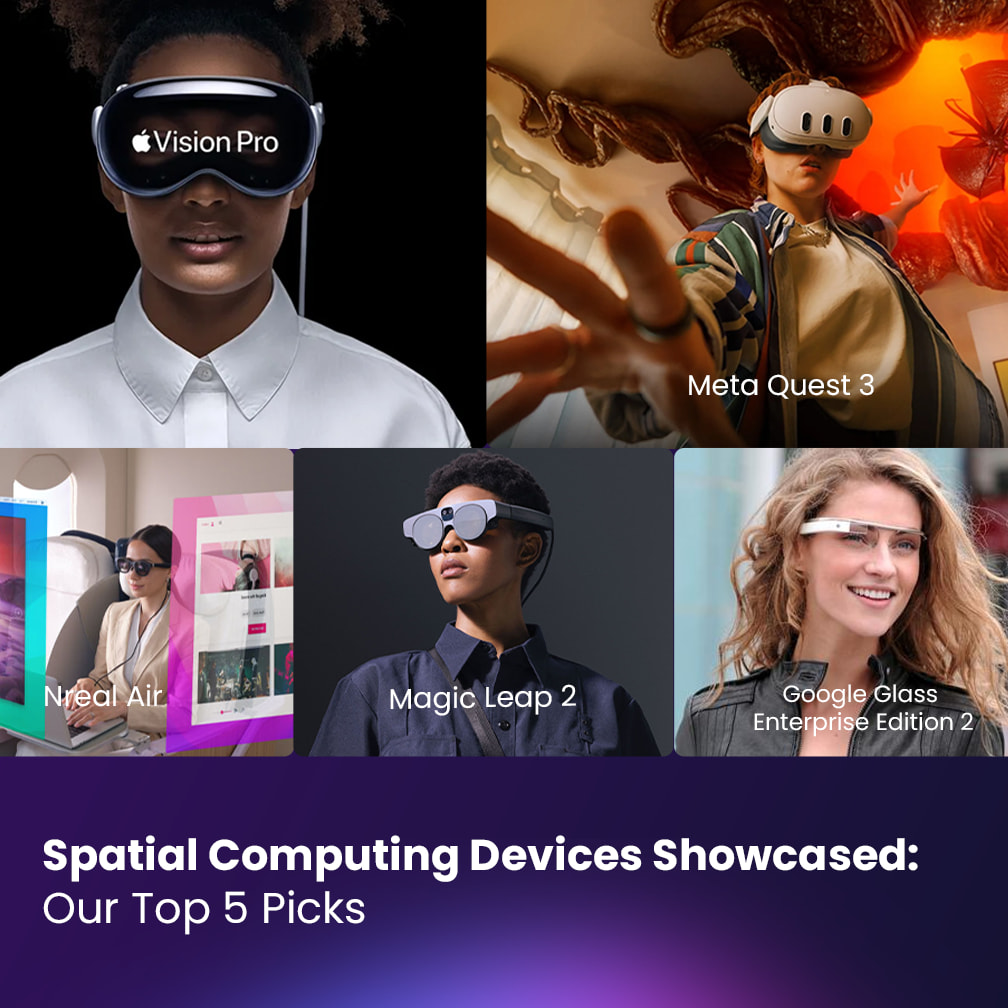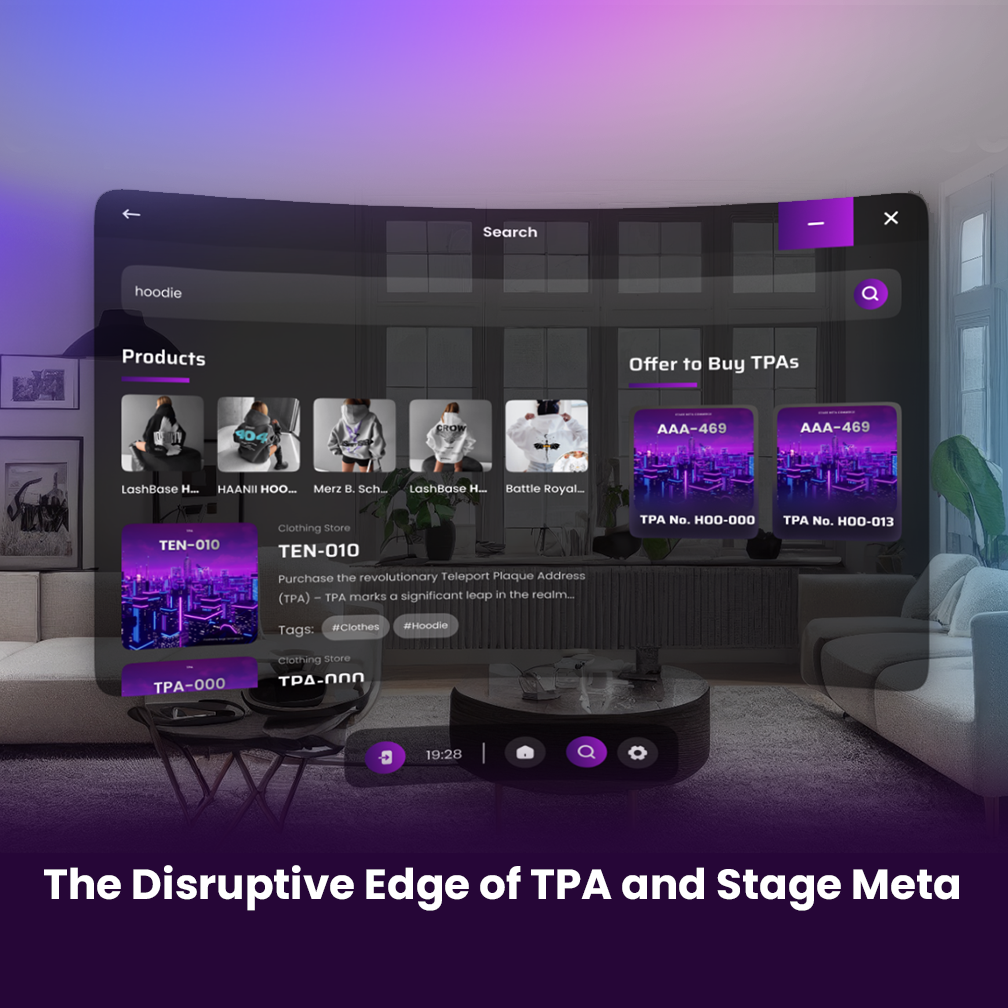How VR is Enhancing the Spatial Computing Experience

Virtual reality (VR) is quickly becoming an integral part of spatial computing experience. The immersive environment provides users with a heightened sense of presence and control that is difficult to replicate in traditional 2D mediums. By utilizing virtual reality, developers are now able to create a range of previously impossible experiences, such as full-body avatar interactions or the ability to explore expansive worlds in first-person view.
VR also opens up new possibilities for collaboration and social interaction within spatial computing, allowing multiple users to engage together in a shared virtual space. Finally, VR can expand the reach of spatial computing by enabling access from anywhere at any time, removing limitations on location and device hardware. All these benefits combine to provide an unparalleled level of realism and engagement, making virtual reality an invaluable asset to spatial computing experience.
In summary, virtual reality has a range of advantages that make it a powerful tool for enhancing spatial computing experience. By providing users with a heightened sense of presence and control, VR opens up opportunities for entirely new types of experiences within spatial computing. Additionally, its ability to enable collaboration and social interaction can further expand the reach of spatial computing by allowing more people to participate from anywhere in the world at any time. All these benefits combine to create an immersive environment that is quickly becoming essential for anyone wanting to take full advantage of what spatial computing offers.
By leveraging virtual reality technologies, developers can significantly improve the user experience within their applications or virtual worlds. Whether it’s for collaboration, social interaction or exploration, the added immersion of VR can help take spatial computing experience to a new level. With its potential for creating engaging and realistic experiences, virtual reality is set to be an integral part of spatial computing for years to come.
What is Virtual Reality?
Virtual reality (VR) is a technology that allows users to immerse themselves in virtual environments and interact with 3D objects as if they were real. It utilizes various hardware components such as headsets, controllers, and sensors to create an immersive experience. Through the use of computer-generated graphics and audio, VR can provide a sense of presence and control that makes users feel like they are actually in another place or environment. This level of realism has allowed VR to become increasingly popular for gaming and entertainment applications but more recently it has also found its way into the world of spatial computing.
How VR Enhances the Spatial Computing Experience
VR can bring a whole new level of immersion and engagement to spatial computing experience. By leveraging the sense of presence and control that VR provides, users are now able to interact with each other in ways that were not previously possible. With full-body avatar interactions, users can move around an environment freely and express themselves through gesture and movement. This is especially useful for social interaction or collaborative work where direct contact between avatars would normally be impossible. Additionally, developers can create truly unique experiences within their applications by using 3D audio and haptic feedback to further enhance the user’s sense of presence. All these benefits combine to create an immersive environment that is quickly becoming essential for anyone wanting to take full advantage of what spatial computing has to offer.
VR is the key to unlocking an immersive spatial computing experience. By utilizing cutting-edge hardware and software, VR allows users to immerse themselves in virtual worlds like never before. Through the use of headsets, controllers, and other accessories, users can interact with 3D objects as if they were real and even collaborate with others across distances. This level of realism creates a truly unique experience for developers who are now able to create unprecedented levels of engagement within their applications or virtual worlds. From full-body avatar interactions to collaboration across distances, VR is revolutionizing the way we experience spatial computing and pushing boundaries that were once thought impossible. With its potential to unlock creative possibilities, there’s no doubt that virtual reality will continue to enhance spatial computinge experience for years to come.
Conclusion
In conclusion, virtual reality is quickly becoming an essential part of spatial computing experience. With its ability to provide unprecedented levels of presence and control, VR is unlocking new possibilities for both users and developers alike. From social interaction and collaboration to creative expression, there are countless ways in which VR can be used to enhance spatial computing experience. So if you’re looking to take your next spatial computing journey to the next level, then don’t forget about VR! It just might be the key ingredient that you need for success.








